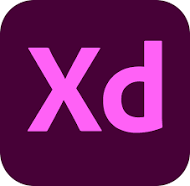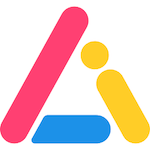Figma is a cloud-based design tool that offers a collaborative platform for teams to create, prototype, and share digital designs in real time. Established in 2012 and headquartered in San Francisco, California, it enables design collaboration across different locations, streamlining the design process and enhancing productivity. Figma supports a wide range of design projects from initial ideation to the final deliverable, making it a comprehensive tool for digital and product design.
What is Figma Good for?
Figma excels in facilitating collaborative design projects, allowing multiple users to work on the same file simultaneously. It is well-suited for creating user interfaces (UI) and user experiences (UX) for websites and mobile apps, wireframing, and creating interactive prototypes. Its real-time collaboration feature is excellent for teams looking to streamline their workflow and enhance communication, fostering a more efficient and creative design environment.
Who Should Use Figma?
Figma is targeted towards a broad audience that includes UI/UX designers, graphic designers, product teams, and anyone involved in the digital design process. Its collaborative features make it ideal for teams of all sizes, from startups to large enterprises. Additionally, Figma benefits educators and students in design disciplines, providing a valuable tool for learning and project development in an academic setting, especially for those focused on UI design.
















